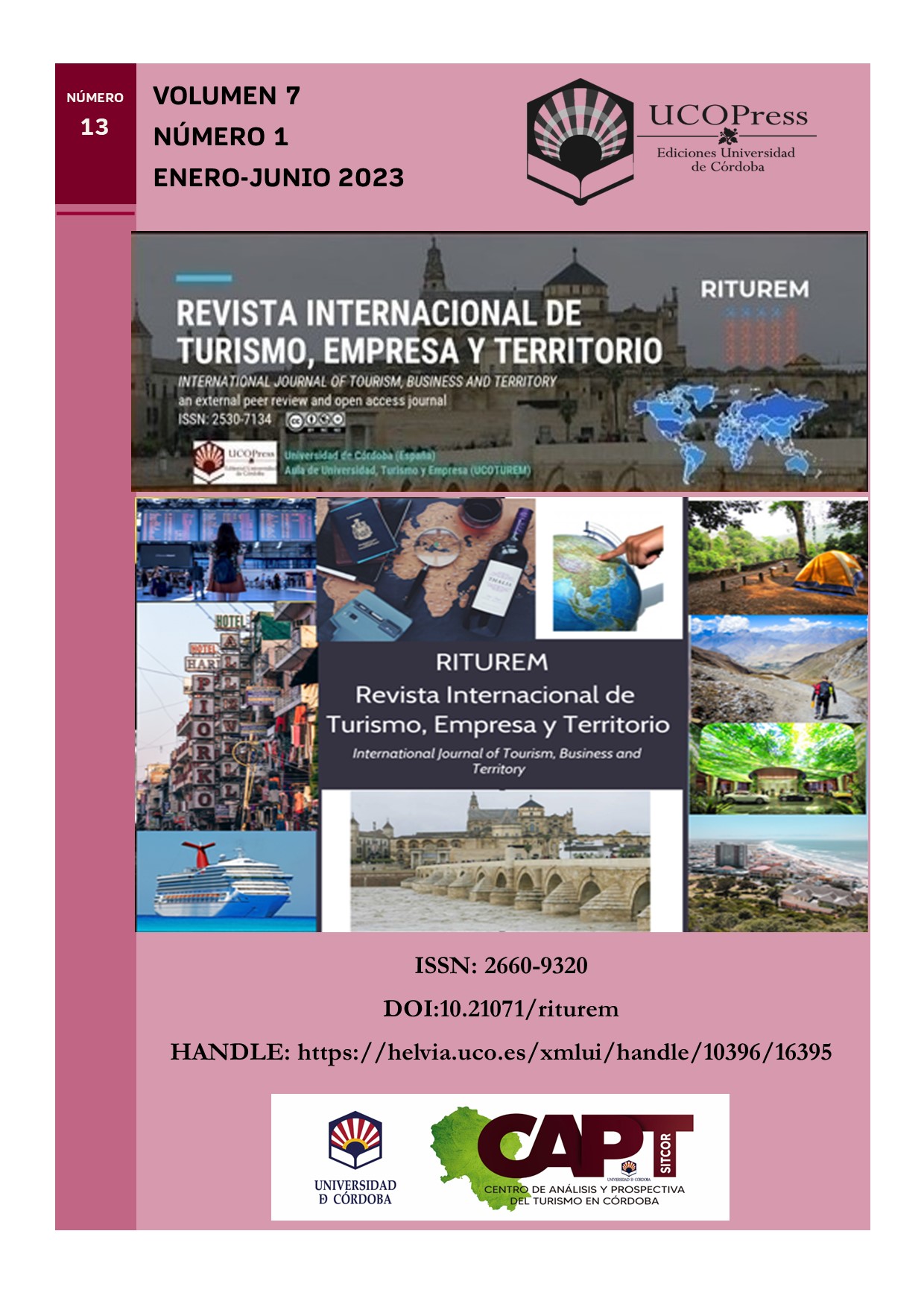Industrial heritage, a new tool for Olympic promotion? A comparative analysis
##plugins.themes.bootstrap3.article.main##
Resumo
Faced with the controversies surrounding the Olympic Games (OG), they are moving towards a greater integration of local challenges – economic, social and environmental. Associating the hosting of such event with the urban regeneration policies appears to be a way to include them in longer planning periods, as well as ensure they are remembered. Presented as engines of transformations, they contribute to promotion of requalified and re-invested spaces that correspond better with the image of a competitive global city. The development of tourism strategies stems from this land promotion and appears as one of the economic outlets of the post-industrial transition. On the other hand, the reuse of industrial buildings helps build a positive image and a lasting legacy for the OG, as catalysts for regeneration of brownfields in crisis – as can be seen in the official Olympic narrative. Through the analysis of three case studies, this article aims to identify how does tourism development fit into these strategies that link industrial and Olympic heritage.
Keywords: industrial heritage, regeneration, Olympic Games, tourism, heritage, territorial
Downloads
##plugins.themes.bootstrap3.article.details##
Avisos de derechos de autor propuestos por Creative Commons
Política propuesta para revistas que ofrecen acceso abierto
Aquellos autores/as que tengan publicaciones con esta revista, aceptan los términos siguientes:
- Los autores/as conservarán sus derechos de autor y garantizarán a la revista el derecho de primera publicación de su obra, el cuál estará simultáneamente sujeto a la licencia Creative Commons CC BY-NC 4.0 (https://creativecommons.org/licenses/by-nc/4.0/deed.es ) , que permite a terceros compartir la obra y permitir obras derivadas siempre que se indique su autor, su primera publicación en esta revista y cuando no se haga uso comercial.
- Los autores/as podrán adoptar otros acuerdos de licencia no exclusiva de distribución de la versión de la obra publicada (p. ej.: depositarla en un archivo telemático o en un repositorio institucional o publicarla en un libro monográfico) siempre que se indique la publicación inicial en esta revista.
- Se permite y recomienda a los autores/as difundir su obra a través de Internet (p. ej.: en archivos telemáticos y repositorios institucionales o en su página web) antes, durante y con posterioridad al proceso de envío, lo cual puede producir intercambios interesantes y aumentar las citas de la obra publicada. (Véase El efecto del acceso abierto).
